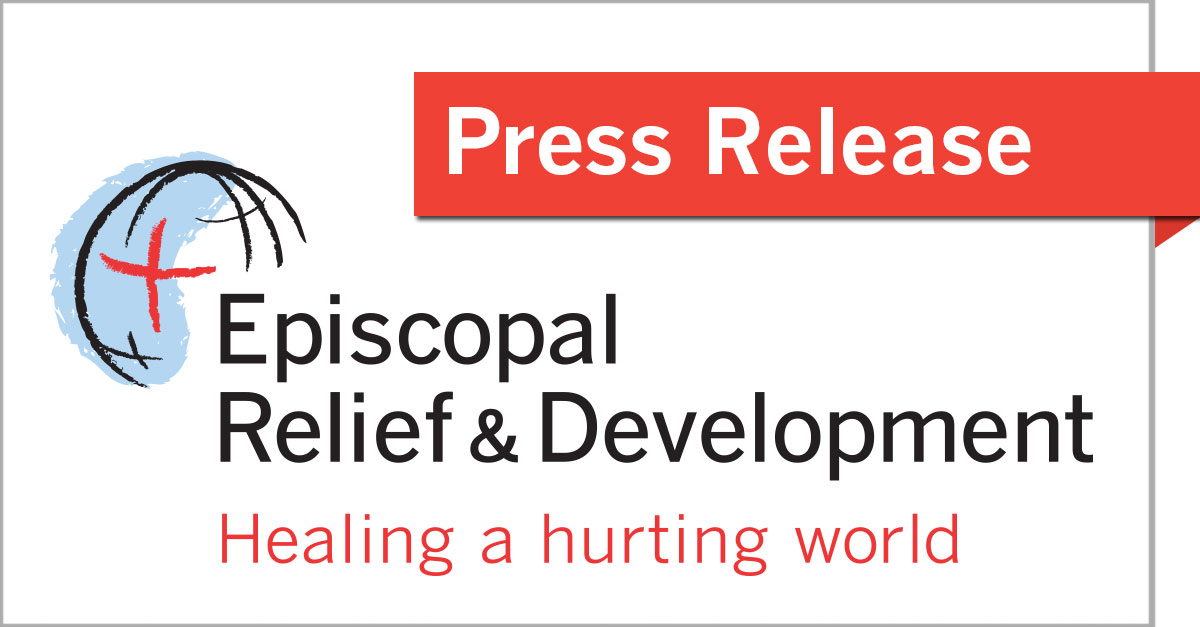Episcopal Relief & Development Invites Episcopalians to Build Church Presence on Asset Map
 November 23, 2015
November 23, 2015
Episcopal Relief & Development invites congregations, dioceses and institutions across the 50 US states – and soon throughout the entire Episcopal Church – to promote their ministries on the Episcopal Asset Map, a joint project of Episcopal Relief & Development and the Domestic and Foreign Missionary Society.
The Episcopal Asset Map is an online tool that displays location and ministry information for churches, schools and other institutions affiliated with The Episcopal Church. Users can browse the map view, select categories of ministries and search by keyword to connect with local services or get advice on how to start a new program at their own church.
With 87 dioceses and 18 ‘networks’ (such as Jubilee Ministries and Episcopal Camps and Conference Centers) officially participating in the Episcopal Asset Map, the groundwork has been laid for church leaders to enhance their ministry’s presence by taking a simple online survey through the map platform.
“One of the major strengths of the Episcopal Asset Map is that it’s a call to tell our stories,” said Tamara Plummer, Asset Map Coordinator for Episcopal Relief & Development. “By filling out the online survey, you can talk about your church’s ministries, your child’s school, the nursing home where your parent lives – any Episcopal institution that you know about! I highly recommend going online to the Map and seeing what your local church is up to, and it just takes a few clicks to help make the Map even better.”
Any user can edit or upload content for any Episcopal Church institution on the Asset Map. Edits are reviewed by a bishop-appointed Diocesan Map Administrator (DMA) before appearing on the public profile. In dioceses where there is no appointed DMA, completed surveys are stored in the map database until a DMA has been selected and trained. Pins are also now in place for Episcopal Church institutions in dioceses outside the 50 US states, and pilot programs are in development to bring those dioceses into full participation. For more information on how dioceses can sign on or how to add pins to the Map, please visit the Asset Map FAQ page.
A short promotional video in English and now in Spanish shows how the Episcopal Asset Map can be a source of information and inspiration. Success stories and examples of creative uses of the Map are posted to the project’s Facebook page. For a more in-depth look at the Asset Map and how to get involved in building up this robust network of Episcopal ministries, watch the November 3 webinar produced by Episcopal Church Foundation featuring Plummer as well as Katie Mears, Director of Episcopal Relief & Development’s US Disaster Program.
“The Episcopal Asset Map is a powerful tool for church networking and cross-collaboration,” Mears said. “This is helpful in normal times, of course, since strengthening and promoting ministries in our communities helps bring people in and connects them to everything our churches offer – worship in your preferred language, summer day camp for your kids – but it can be even more helpful in times of disaster. Knowing our assets and literally having a map of where the nearest shelter ministry is located, for example, can help us respond quickly with what we have, rather than scrambling to make something from scratch. I think this is the real strength of The Episcopal Church – presence, and willingness to help in times of need.”
Increasing Episcopal churches’ knowledge and utilization of their existing resources and expertise is the focus of Called to Transformation, a new partnership of Episcopal Relief & Development and the Domestic and Foreign Missionary Society. Called to Transformation offers a toolkit and training for facilitators on asset-based community development, equipping them to guide their faith communities through an asset recognition and project development process to enhance local ministry and mission.
In addition, Episcopal Relief & Development offers disaster preparedness materials that can help congregations protect and utilize their resources in emergency situations. A new resource called “A Season of Resilience” leads individuals and families through a five-week process to assemble an emergency kit and complete preparedness activities. A Season of Resilience is available as a series of half-page or full-page bulletin inserts for churches to include in their worship materials during Advent or any other time of the year.
“Building resilience and building capacity are two sides of the same coin,” said The Rev. Canon E. Mark Stevenson, Domestic Poverty Missioner for the Domestic and Foreign Missionary Society. “The things we do to make our churches and communities stronger and more vibrant, such as creating a community garden or starting a youth group, can also be incredibly helpful in responding to and recovering from disasters. Working on projects together helps us learn what we can do and what we’re good at, and it creates space to form relationships and grow together. I am excited that The Episcopal Church is adopting an asset-based approach to growing the Church, and that we have the Asset Map and Called to Transformation to support and highlight these ministries.”
Episcopal Relief & Development works with more than 3 million people in nearly 40 countries worldwide to overcome poverty, hunger and disease through multi-sector programs that utilize local resources and expertise. An independent 501(c)(3) organization, Episcopal Relief & Development works closely with Anglican Communion and ecumenical partners to help communities rebuild after disasters and develop long-term strategies to create a thriving future. In 2014-15, the organization joins Episcopalians and friends in celebrating 75 Years of Healing a Hurting World.


